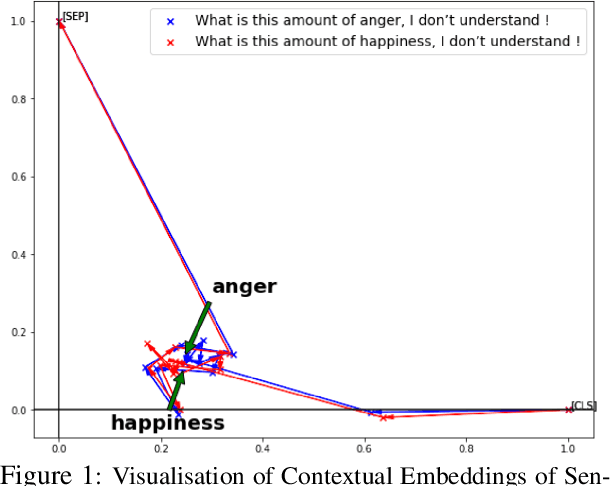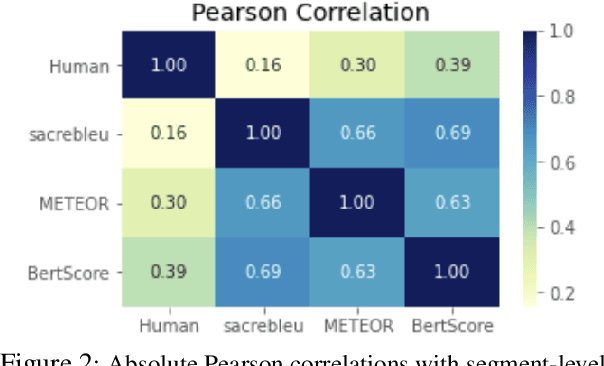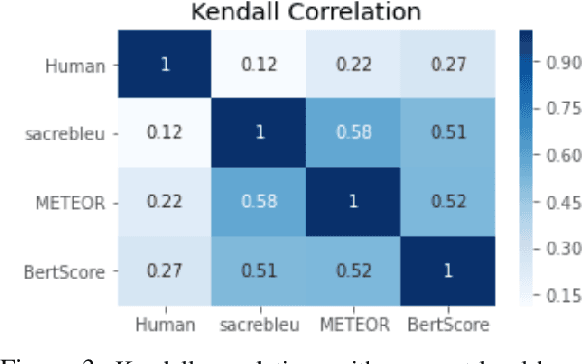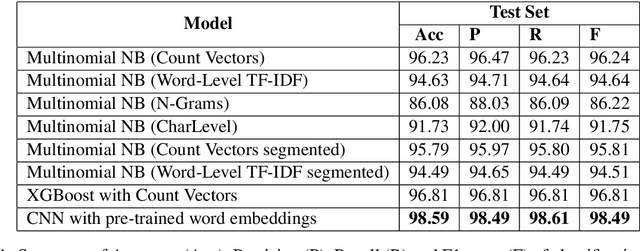Emad Mohamed
Automating Sonologists USG Commands with AI and Voice Interface
Nov 20, 2024



Abstract:This research presents an advanced AI-powered ultrasound imaging system that incorporates real-time image processing, organ tracking, and voice commands to enhance the efficiency and accuracy of diagnoses in clinical practice. Traditional ultrasound diagnostics often require significant time and introduce a degree of subjectivity due to user interaction. The goal of this innovative solution is to provide Sonologists with a more predictable and productive imaging procedure utilizing artificial intelligence, computer vision, and voice technology. The functionality of the system employs computer vision and deep learning algorithms, specifically adopting the Mask R-CNN model from Detectron2 for semantic segmentation of organs and key landmarks. This automation improves diagnostic accuracy by enabling the extraction of valuable information with minimal human input. Additionally, it includes a voice recognition feature that allows for hands-free operation, enabling users to control the system with commands such as freeze or liver, all while maintaining their focus on the patient. The architecture comprises video processing and real-time segmentation modules that prepare the system to perform essential imaging functions, such as freezing and zooming in on frames. The liver histopathology module, optimized for detecting fibrosis, achieved an impressive accuracy of 98.6%. Furthermore, the organ segmentation module produces output confidence levels between 50% and 95%, demonstrating its efficacy in organ detection.
Sentiment-Aware Measure (SAM) for Evaluating Sentiment Transfer by Machine Translation Systems
Oct 05, 2021



Abstract:In translating text where sentiment is the main message, human translators give particular attention to sentiment-carrying words. The reason is that an incorrect translation of such words would miss the fundamental aspect of the source text, i.e. the author's sentiment. In the online world, MT systems are extensively used to translate User-Generated Content (UGC) such as reviews, tweets, and social media posts, where the main message is often the author's positive or negative attitude towards the topic of the text. It is important in such scenarios to accurately measure how far an MT system can be a reliable real-life utility in transferring the correct affect message. This paper tackles an under-recognised problem in the field of machine translation evaluation which is judging to what extent automatic metrics concur with the gold standard of human evaluation for a correct translation of sentiment. We evaluate the efficacy of conventional quality metrics in spotting a mistranslation of sentiment, especially when it is the sole error in the MT output. We propose a numerical `sentiment-closeness' measure appropriate for assessing the accuracy of a translated affect message in UGC text by an MT system. We will show that incorporating this sentiment-aware measure can significantly enhance the correlation of some available quality metrics with the human judgement of an accurate translation of sentiment.
* Accepted for RANLP (Recent Advances in Natural Language Processing) 2021
Fake or Real? A Study of Arabic Satirical Fake News
Nov 01, 2020

Abstract:One very common type of fake news is satire which comes in a form of a news website or an online platform that parodies reputable real news agencies to create a sarcastic version of reality. This type of fake news is often disseminated by individuals on their online platforms as it has a much stronger effect in delivering criticism than through a straightforward message. However, when the satirical text is disseminated via social media without mention of its source, it can be mistaken for real news. This study conducts several exploratory analyses to identify the linguistic properties of Arabic fake news with satirical content. We exploit these features to build a number of machine learning models capable of identifying satirical fake news with an accuracy of up to 98.6%.
 Add to Chrome
Add to Chrome Add to Firefox
Add to Firefox Add to Edge
Add to Edge